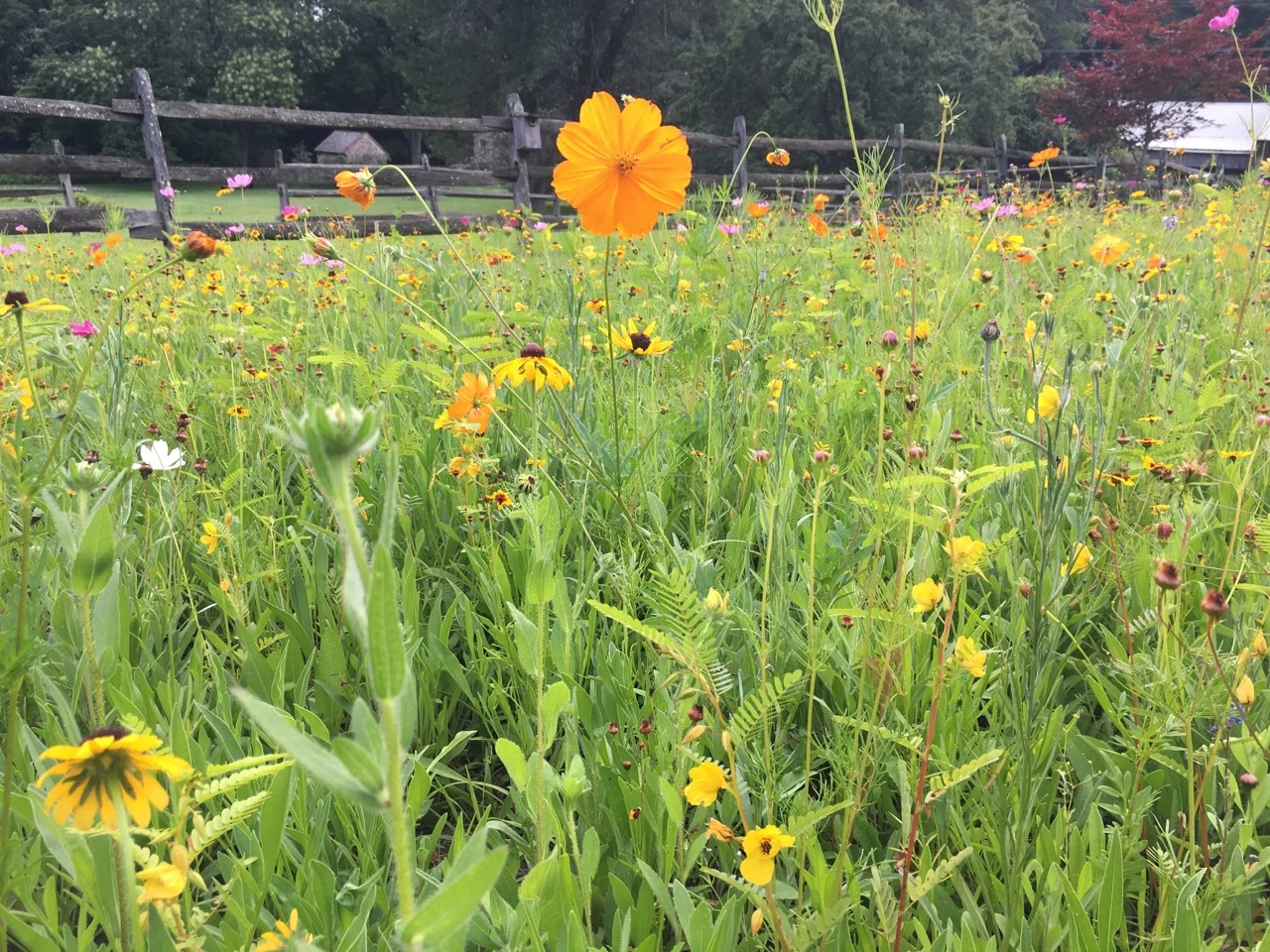Watershed Glossary
Source: Taken from the Department of Conservation and Recreation and the Ipswich River Watershed Association
Aquifer
A water-bearing geologic unit of saturated permeable rock, sand, or gravel. The source for groundwater withdrawals.
Base Flow
Base flow refers to the water that enters streams by flowing through the groundwater system, rather than directly over the surface of the land. Because water moves much more slowly through the ground than over the surface of the land, groundwater feeds streams gradually rather than in big pulses after storms. As a result, during prolonged periods of little to no rain, it is this base flow that keeps streams running.
Bioretention
The bioretention system (also referred to as a “biofilter”) is a stormwater management practice to manage and treat stormwater runoff using conditioned soils and planting materials to filter runoff stored within a shallow depression. To remove pollutants, the method combines physical filtering and adsorption to soil materials with bio-geochemical processes in which plant roots break down and take up pollutants. The system generally consists of an inflow component, a pretreatment element, an overflow structure, a shallow ponding area (less than 9″ deep), a surface organic layer of mulch, a planting soil bed, plant materials, and an underdrain system to convey treated runoff to a downstream facility. “Rain gardens” (see definition below) are a type of bioretention system.
Evapotranspiration
Transpiration is the process by which plants take in water through their roots and then give it off through the leaves as a by-product of respiration. Evaporation is the direct loss of water from the earth’s surface to the atmosphere. Evapotranspiration refers to the transfer of water from the earth to the atmosphere through both these processes combined.
Green Roof
A low-maintenance vegetated roof system that stores rainwater in a lightweight engineered soil medium, where the water is taken up by plants and transpired into the air. As a result, much less water runs off the roof, as compared to conventional rooftops. Green roofs have been in use in Europe for more than 30 years; they are easy to incorporate into new construction and can also be used on many existing buildings.
Headwaters
The headwaters of a stream include the small streams that come together to form the source and upper reaches of the stream. In some cases, all parts of a river basin, except the mainstem and main tributaries, can be considered headwaters.
Impervious Surface
Any surface through which rainfall cannot pass or be effectively absorbed (roads, rooftops, paved parking lots, sidewalks, etc.).
Low-Impact Development (LID)
An approach to environmentally friendly land use planning. It includes a suite of landscaping and site design techniques that attempt to maintain the natural, predeveloped ability of a site to manage rainfall. LID techniques capture water on site, filter it through vegetation, and let it soak into the ground where it can recharge the local water table rather than being lost as surface runoff. An important LID principle includes the idea that stormwater is not merely a waste product to be disposed of, but is a resource.
Low-impact development addresses the problems created by land development through a variety of strategies:
LID site planning: an approach that minimizes land disturbance and preserves open space and natural site grading
Bioretention areas, swales, and rain gardens: vegetated areas designed to retain and infiltrate stormwater
Permeable paving: alternatively paved areas that allow stormwater to percolate through the paving material into the soil
Green roofs: vegetated roofs that reduce and filter stormwater runoff
Alternative roadway and parking layout: designed to reduce impervious land cover and break up or disconnect impervious surfaces from one another, so these surfaces can shed rain and snowmelt into areas where the water can soak into the ground.
Mainstem
The main channel or course of a river or stream.
Nonpoint Source Pollution
Pollution that cannot be identified as coming from a specific, localized source and thus cannot be controlled through the issuing of permits. Overland stormwater runoff and some airborne deposits fall into this category.
Open Space
An area which is permanently set aside for public or private use and will not be developed. The space may be used for passive or active recreation, or may be reserved to protect or buffer natural areas.
Permeable or Porous Paving Materials
Permeable alternatives to conventional concrete or asphalt. Permeable or porous asphalt, concrete, and pavers allow stormwater to soak directly into the ground, reducing surface runoff and enhancing groundwater recharge.
Rain Garden
Shallow landscaped depression that incorporates specialized plantings and soil with a high infiltration rate. Rain Gardens are used to control runoff volume and timing and can remove pollutants through the physical, chemical, and biological processes that occur in plants, soil, and mulch. See also Bioretention.
Rainwater Harvesting
The process of capturing and storing runoff, usually from rooftops, for nonpotable uses such as lawn and garden watering.
Recharge
Water that infiltrates into the ground, usually from above, that replenishes groundwater reserves, provides soil moisture, and affords evapotranspiration (water uptake and use by plants).
Smart Growth
Development that emphasizes protecting open space and farmland, revitalizing communities, keeping housing affordable, and providing more transportation choices.
Swale
Open, shallow, vegetated channel that slows runoff, filters it, and promotes infiltration into the ground. To function properly, swales must be carefully designed and maintained. The vegetation in swales, usually thick grass, helps to trap pollutants and reduces the velocity of stormwater runoff, which allows it to percolate into the ground.
Tributary
A stream that joins, and thereby feeds, another (usually larger) stream or river.
Watershed
A geographic area of land in which all surface and most ground water flows downhill to a common point, such as a river, stream, pond, lake, wetland, or estuary.
Watershed
A geographic area of land in which all surface and most ground water flows downhill to a common point, such as a river, stream, pond, lake, wetland, or estuary.




